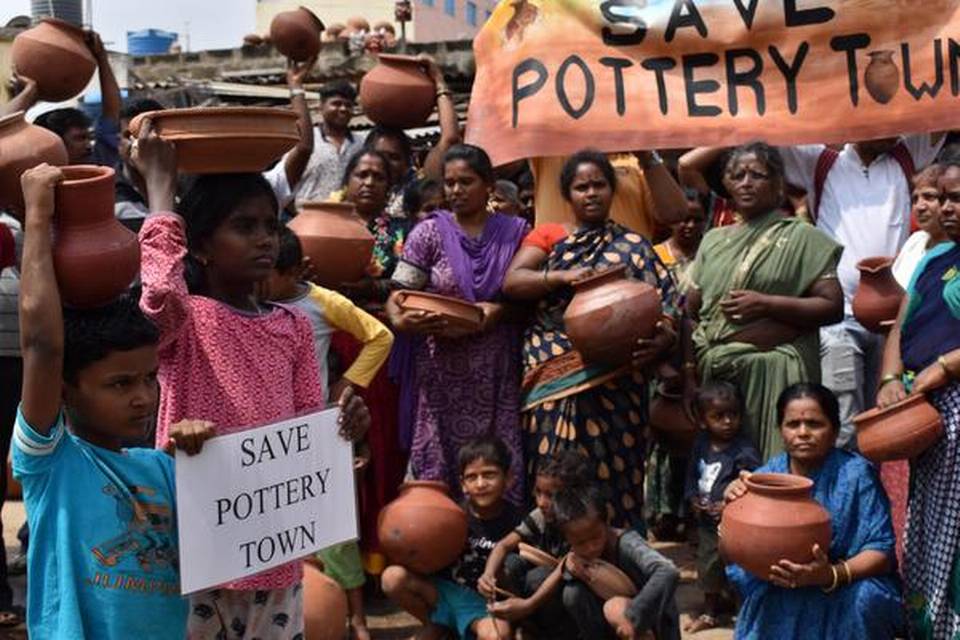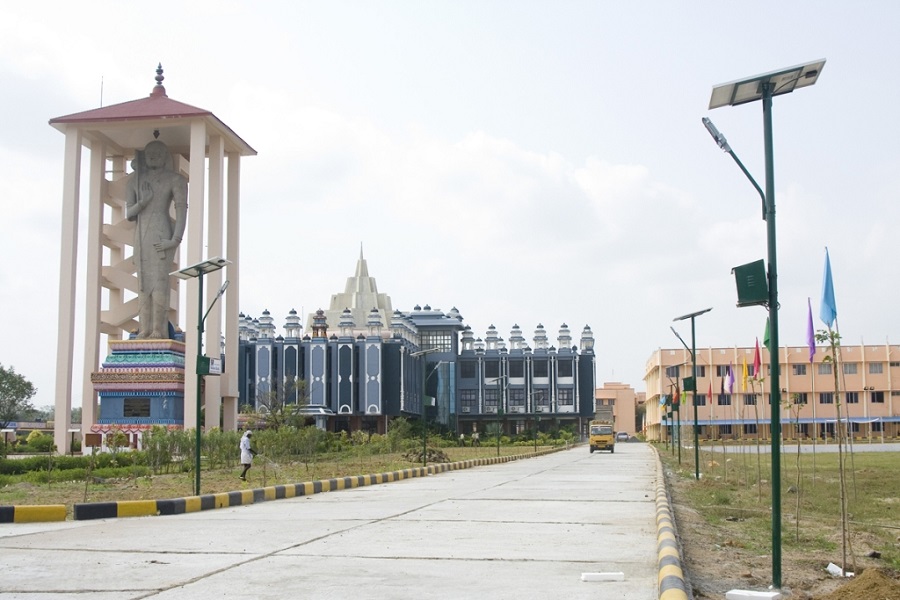Bengaluru, one of the worst-affected metro cities in India, has nearly 97,000 confirmed cases, of which more than 1,500 are deaths and over 33,000 are active cases

Bengaluru:
As Bengaluru approaches the one lakh mark of COVID-19 cases, the Karnataka government has re-defined containment zones – of which there are more than 13,000 in the state capital – and rules governing them.
A notification released on Thursday by Health Commissioner Pankaj Pandey describes a containment zone as a “well-defined area around the home of a Covid-positive person”
“In an apartment complex, this would be the floor which has the residence of the Covid-positive person. For an independent house or villa – it would just be the individual house or villa,” the notification reads.
“In a slum, it would be the street that has the residence of the Covid-positive person. For rural areas, it would be the complete habitation of the Covid-positive person or a small contiguous area as appropriate,” it adds.
The notification also directs authorities to paste a notice outside the house or residence of a Covid-positive individual and inform the neighbours and, where applicable, the RWA or an apartment owners’ association.
The notice also cautions against setting up barricades, or hard barriers, in such cases; this comes after criticism following images shared online that showed metal barricades outside the doors of homes with Covid-positive people inside.
Stamping of a Covid-positive person’s hand, or their contacts, is also not necessary, the notification said.
The notification further defined buffer zones as an area of 200 metres around the perimeter of containment areas in both rural and urban districts.
There will be active surveillance of both containment and buffer zones, the government said, noting that house-to-house surveillance would occur daily in containment zones and twice a week in buffer zones.
An area defined as a containment zone would return to normal only if no new Covid cases were reported for at least 14 days after the last case, and all contacts of the last detected case were followed up on for the same period.
Revisions to these guidelines come around 10 days after the state government issued a notification for changes to home isolation rules.
According to the new rules COVID-19 patients allowed to isolate themselves at home will be considered discharged 10 days after their last positive test (and three without a fever).
Among the changes advised was the use of the term “home care” instead of “home isolation”, in an attempt to reduce social stigma that still surrounds those who test positive and opt to isolate at home.
Karnataka has seen a worrying spike in coronavirus cases over the past few weeks. The fourth worst-affected state in the country, it has reported nearly 2.5 lakh cases so far. Of these over 4,000 are deaths linked to the virus and more than 80,000 are active cases.
A record 8,642 new cases were reported in Karnataka on Wednesday.
State capital Bengaluru, one of the worst-affected metro cities in India, has nearly 97,000 confirmed cases, of which more than 1,500 are deaths and over 33,000 are active cases.
Government data this morning showed India had recorded its biggest single-day spike in new cases – 69,652 new infections were reported, taking the total number of cases past 28 lakh. More than 50,000 have died across India since the pandemic began in December last year.



